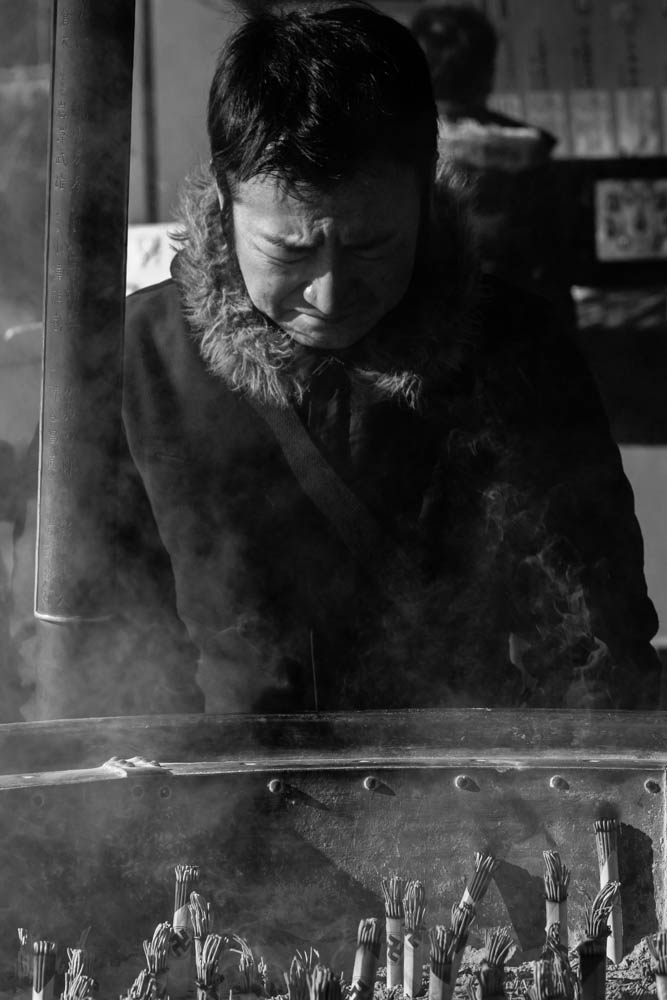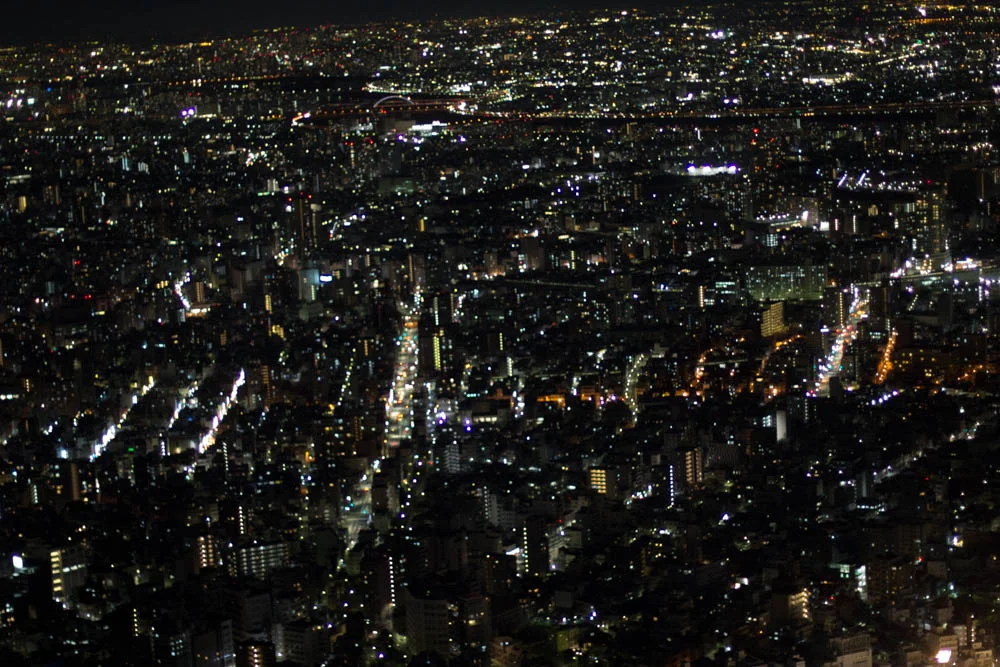Morning
My eyes opened involuntarily at 6:00AM. My alarm had not rung yet, but I could not spare another moment slumbering when there was Tokyo to explore!
But then I remembered I was being served breakfast at 8:00AM, so I quietly stayed in my room responding to e-mails and further planning out my day instead of rushing out the door.
Once it hit 7:45AM I quickly went through my morning routine (shower and brushing my teeth) and was greeted with a full breakfast of eggs, side dishes, cereal, bread and jam. Yum!
After breakfast I went out for a walk and made some observations as I passed by several small and large streets.
- Compact
Japan is compact. Main roads are large, but the smaller residential roads are tiny, only able to fit about one car. This reminded me of Indonesia in a sense. It was a combination of close tight-knit residential housing with larger more "city-like" roads. Everything in the house is made with space-efficiency in mind. Cars are small as well -- even mini-trucks and the like. I have always wanted a small car-- but my American friends have always scoffed at the notion and ridiculed the idea. Yet, here I am in a country where the mainstream is small. Perhaps it's not that Japanese cars are small, maybe western cars are just too big?
- Vending Machines
Well, not just green tea -- but hot and cold drink vending machines are just about on every corner with a selection of mainly coffee and tea. I don't have a picture, but that's what imaginations are for, right? In any case, what a fantastic idea. 100 yen are in coins which makes it easy to spend on these things. Though it's still caffeine intake, at the very least it's not soda. I have yet to see soda being sold anywhere. It's not on restaurant menus either. It just doesn't seem that popular. After all, who would want to drink soda when you can have delicious green tea instead?
- Quality over Quantity
In the house I stayed in, though it was quite compact without much space, everything in the house was of good quality and was well taken care of. Most products in the house were made in Japan, and Japanese products were designed with compactness and durability in mind. Things generally transformed to "different" things and could be stored. I could not find one thing that "looked cheap." There was no notion of excess and it seemed that every "thing" had purpose.
- Shops don't open until 11AM
I wasn't used to seeing empty streets and closed shops when I walked out the door at 8AM. In NYC, everything seems to have opened by then, even in Queens. I was surprised to find out that most shops don't open until 10 or 11AM. Quite a late start I think.
- Punctuality
Everything is on time. Trains come at the exact minute Google Maps says they will come. It's really great. I can plan an itinerary and stick to it without having to worry about transportation times. For example, I was able to tell my AirBnB host that I would be arriving at 8:40PM, and she picked me up at that exact time without having to wait.
Sensouji Temple

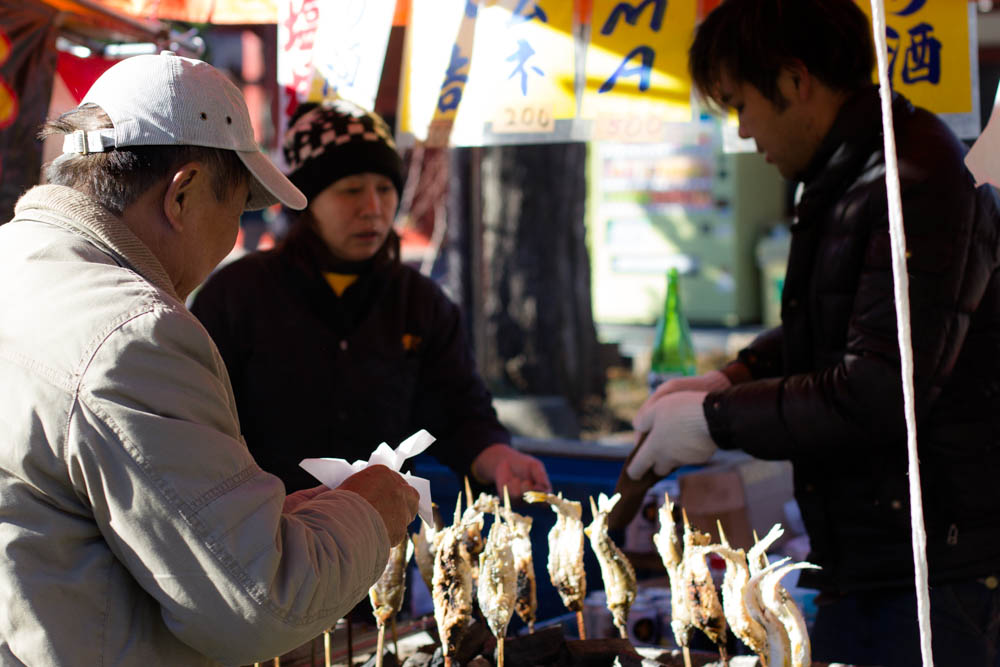

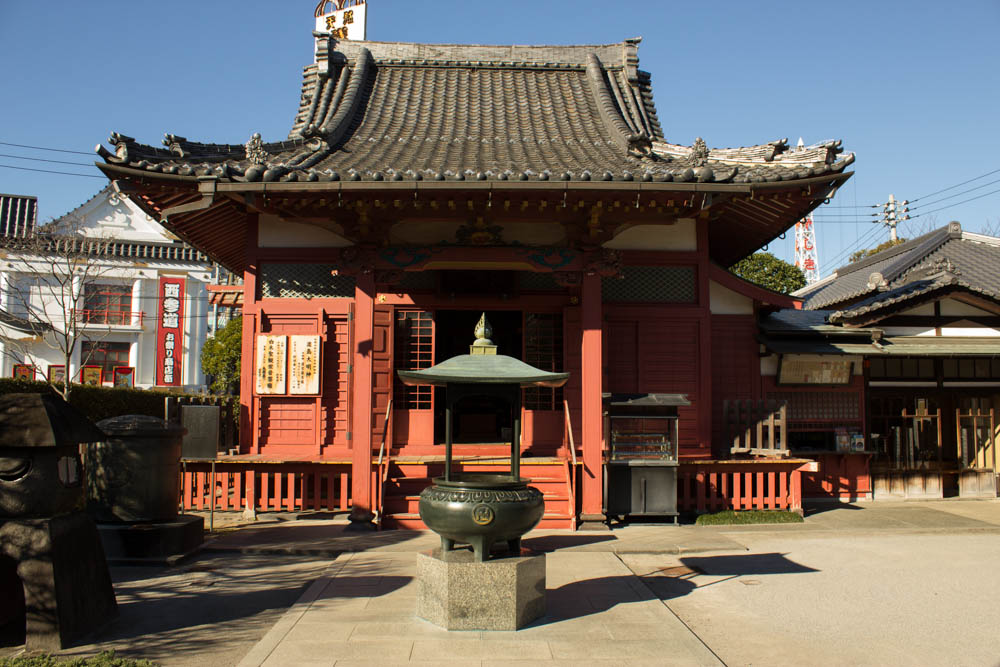
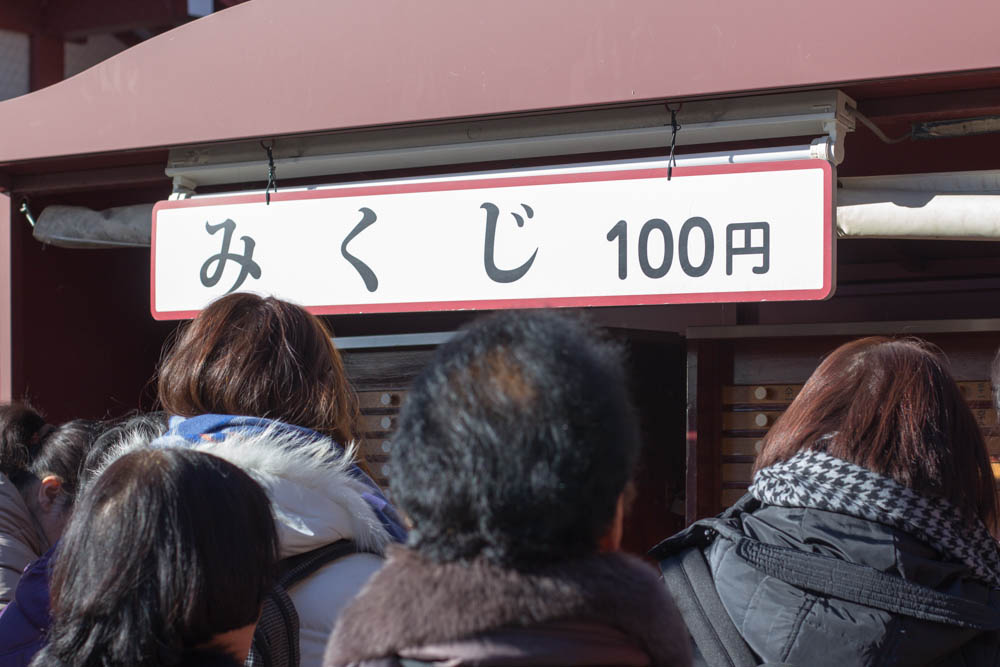
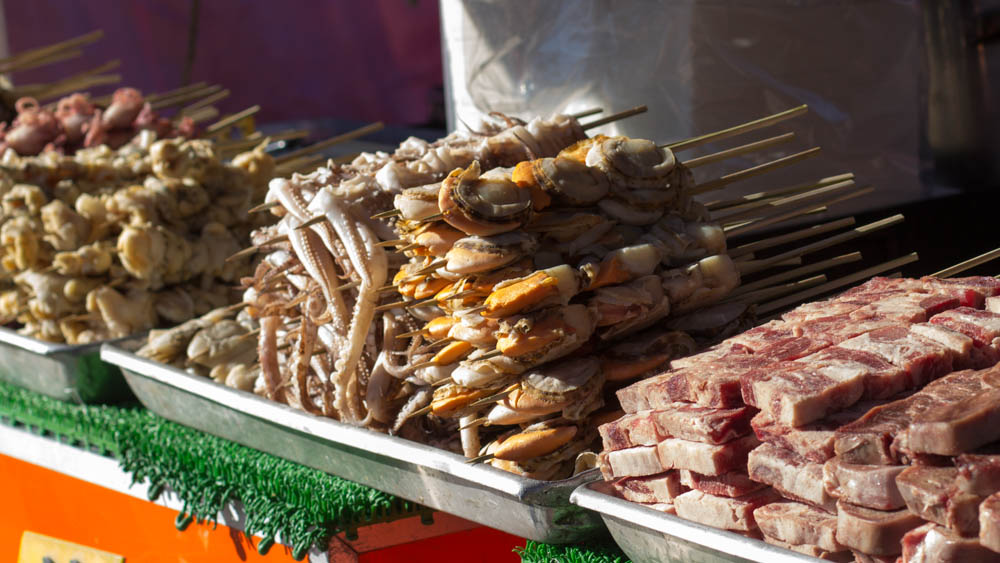
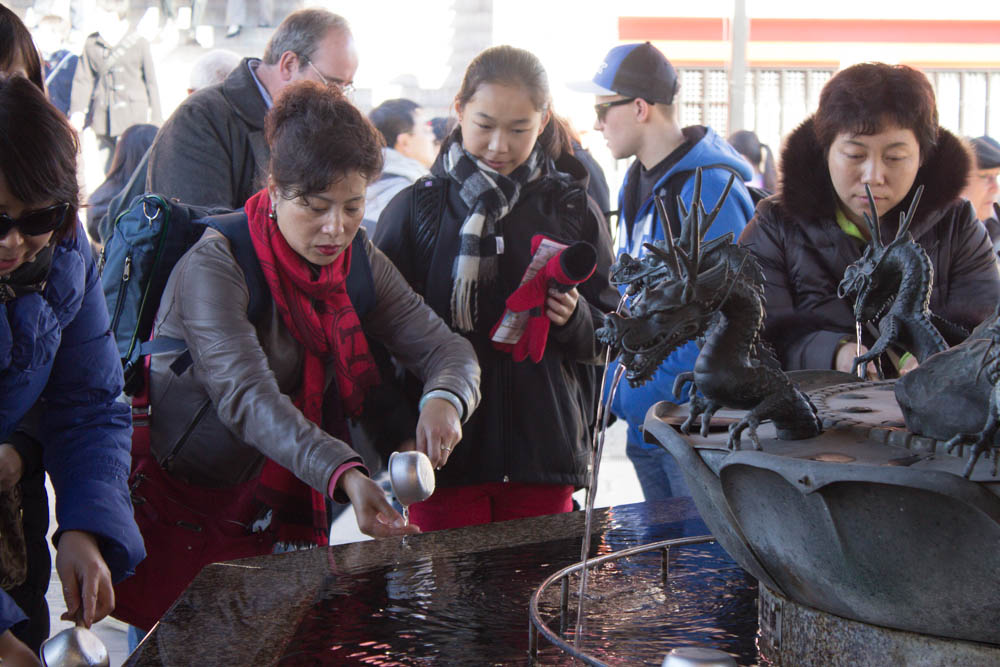
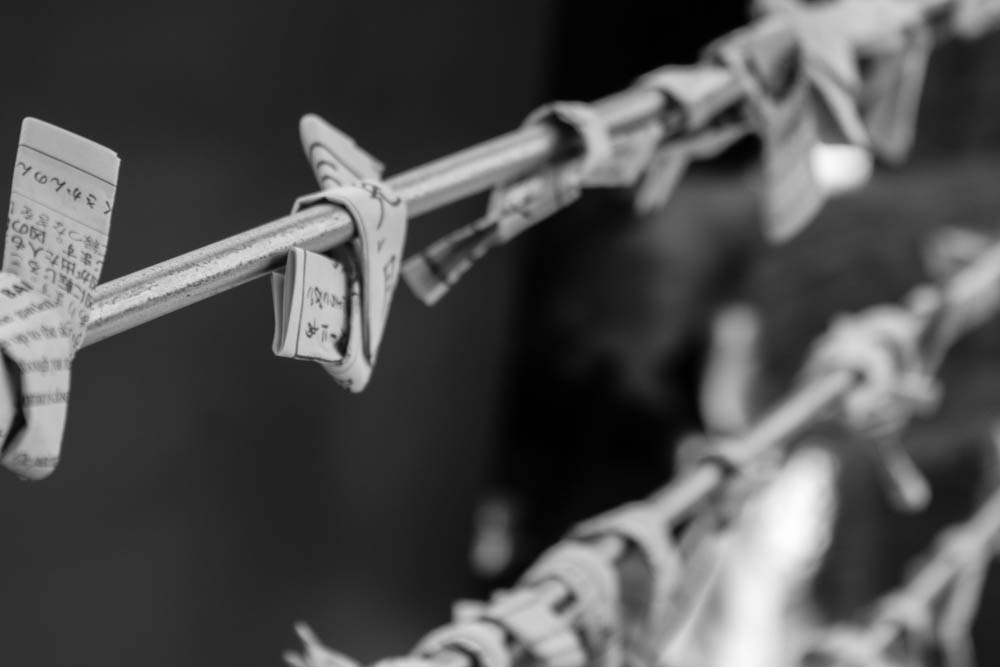

It was a good thing the temple was open early morning at least. It was actually quite packed with Asian tourists. Sensouji (sensoji) is an ancient Buddhist temple, and Tokyo's oldest temple. There were lots of food vendors, shrines, statues, and the like -- but of course I took pictures of mostly food.
There were purification fountains all over where you are supposed to use the ladles to fill it with fresh water to rinse both hands. Then you are supposed to transfer water to a cupped hand, and rinse your mouth with the water and spit it out beside the fountain. No drinking. Instead of trying to participate in a ritual that I did not fully understand, I watched and took pictures of gleeful Caucasian tourists attempting it. I wonder if they knew what it was even for?
There were also large incense burner pots and people fanned the smoke towards them. Apparently the smoke is thought to have healing properties. If your shoulder hurts, fan some smoke over it. No need to pay a doctor's fee.
Mikujis were scattered throughout the large temple grounds as well. Temple fortune stations basically. You donate 100 yen, shake a large box of sticks, take out one, read the number on the stick, and then proceed to take the fortune from a box labeled with that number.
I got a pretty good one-- in fact, the best one. How do I know? The English translations were on the back of my sheet ;)
I don't know if it's bad luck or something to share your fortune or not, but oh well. Only the motivated or Japanese individual would be able to read the picture anyway.
Kappabashi Village
This was an interesting "village" (really a street) where I saw "kappas" everywhere. There were lots of small stores selling plates, knives, bowls, chopsticks, etc. Each shop specialized in one particular category, as opposed to just a big department store carrying everything. It made me happy to see so many small businesses. The street made me feel like I was walking through a real market-- something that's rare in NYC.
There were also lots of shops that sold wax food samples, and oh boy did they look tasty!
Ueno Zoo
Inside Ueno Park there are numerous places to visit, from science museums to historical ones, to a zoo. I didn't plan on going to the zoo, but seeing as how it was so early in the morning, I decided why not. I ended up spending a couple of hours there, and discovered the beauty and wonderment of my zoom lens. Here's a gallery of some of the pictures I took there:
Note: Crows were taken in the park, not the zoo. In the middle of the gallery you'll see pictures of this "air" train. Rail train? I'm not sure what to call it but it was basically a small cart on a rail above the zoo. I rode it to get from one part of the zoo to another. It was a very short... 30 second ride?

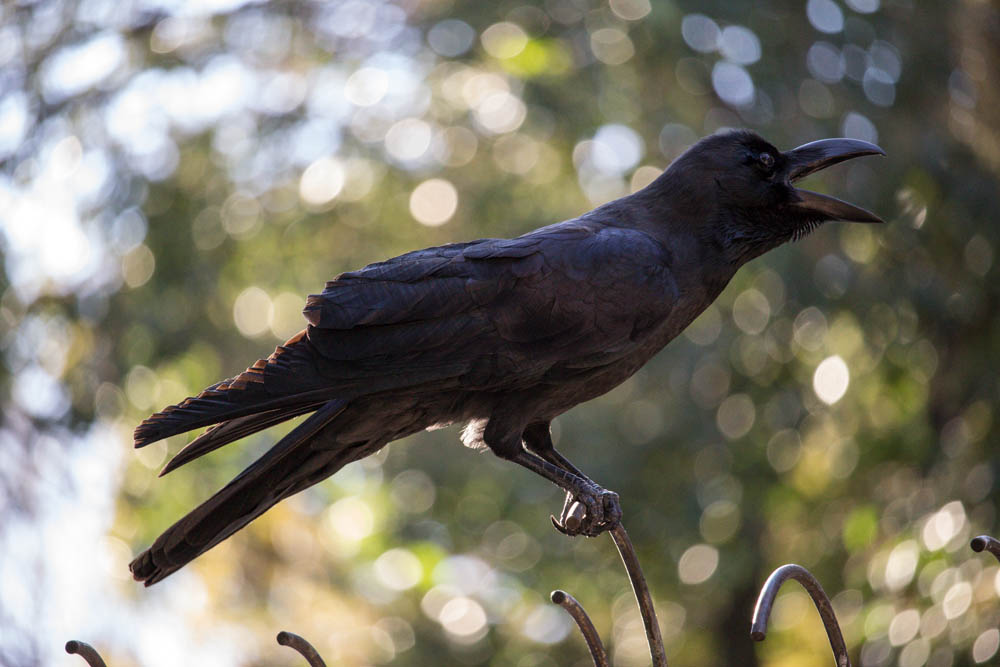

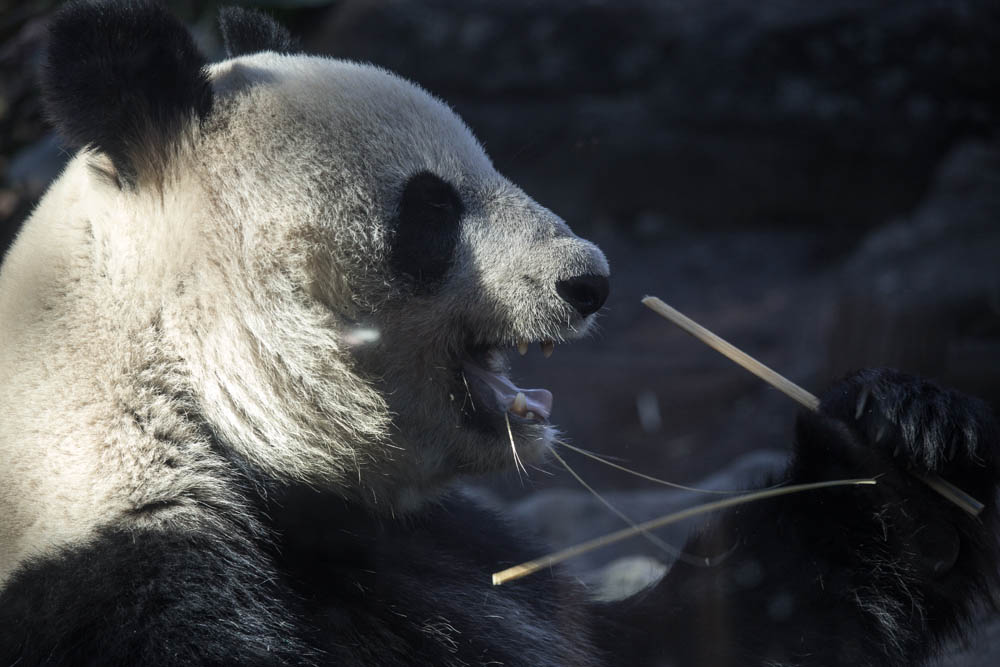
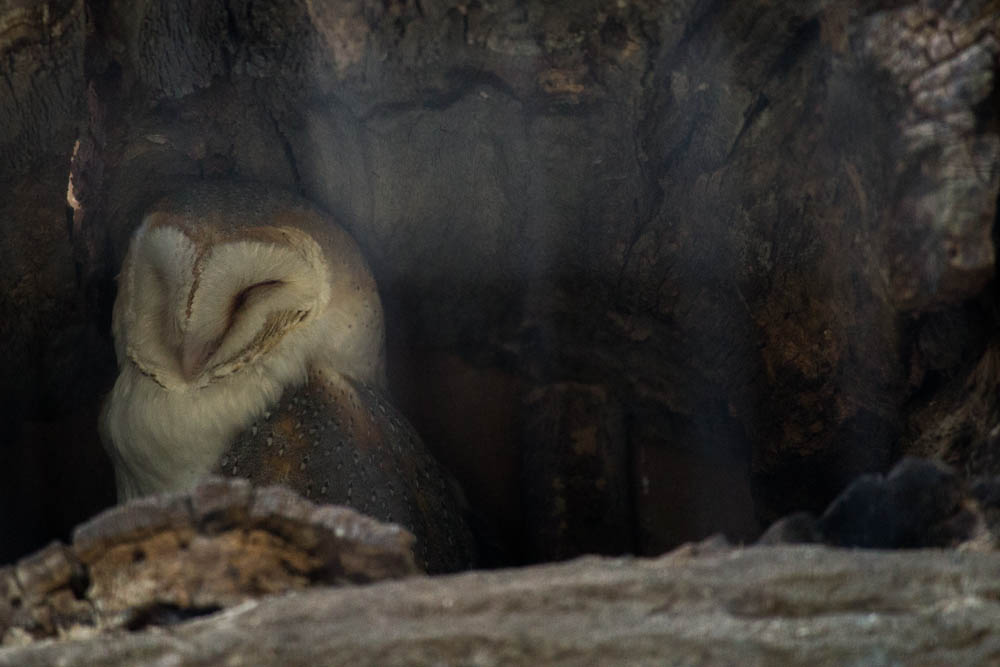
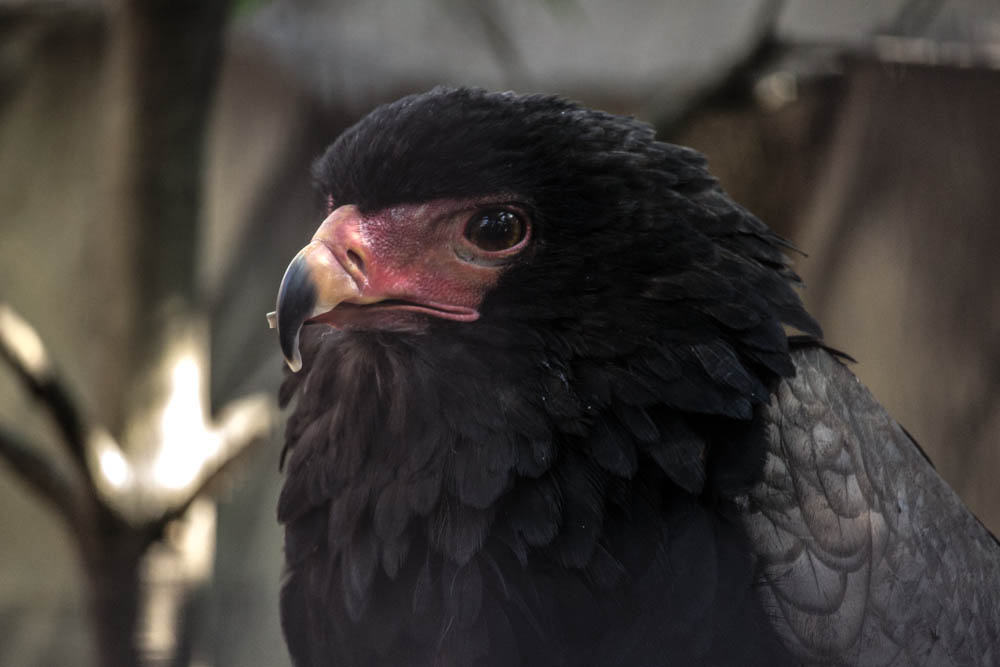
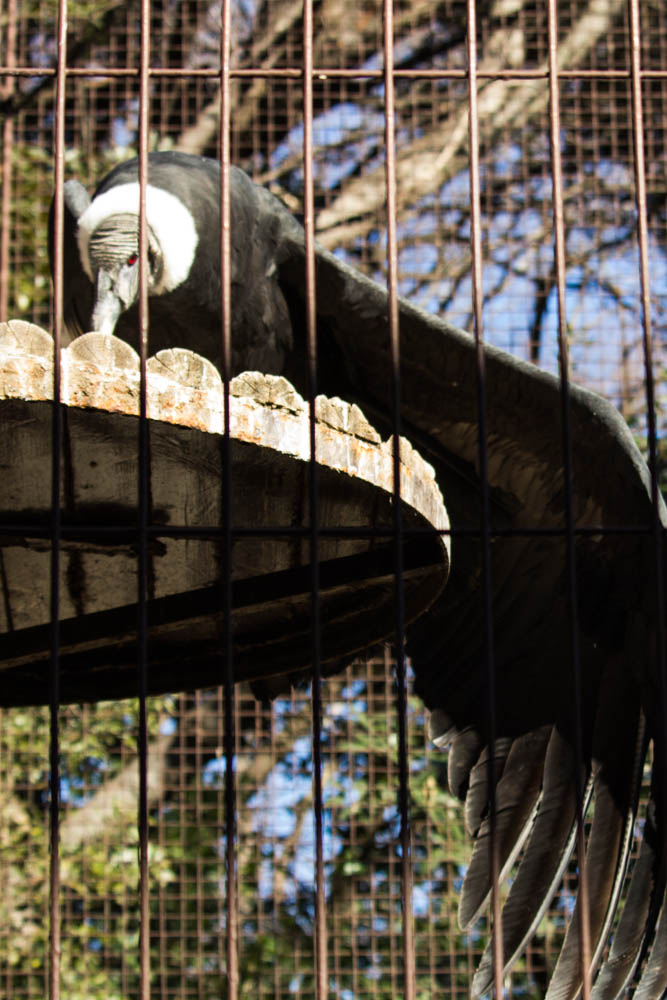
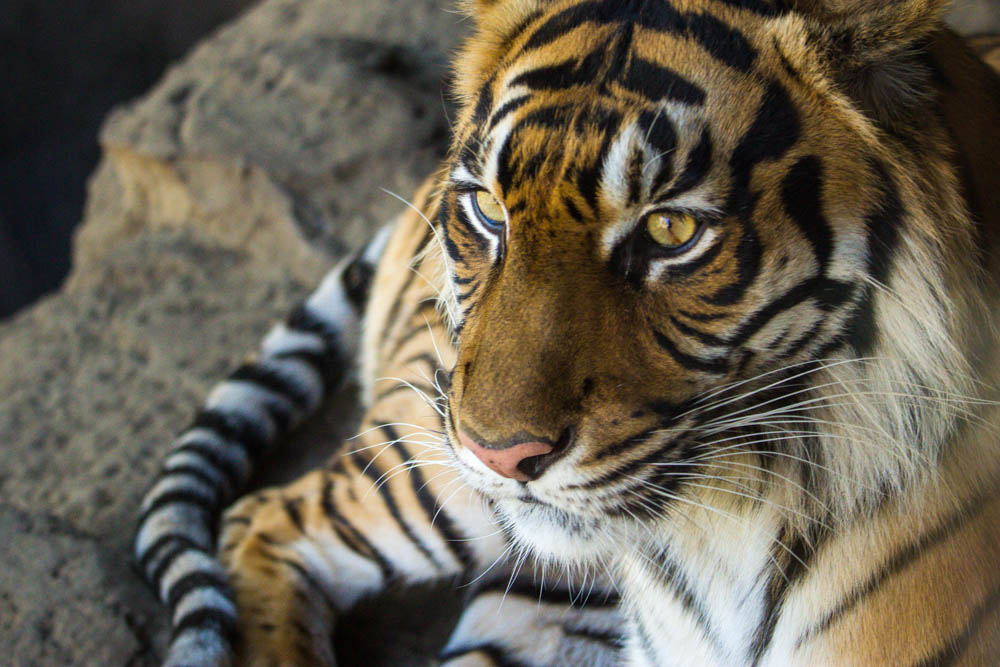
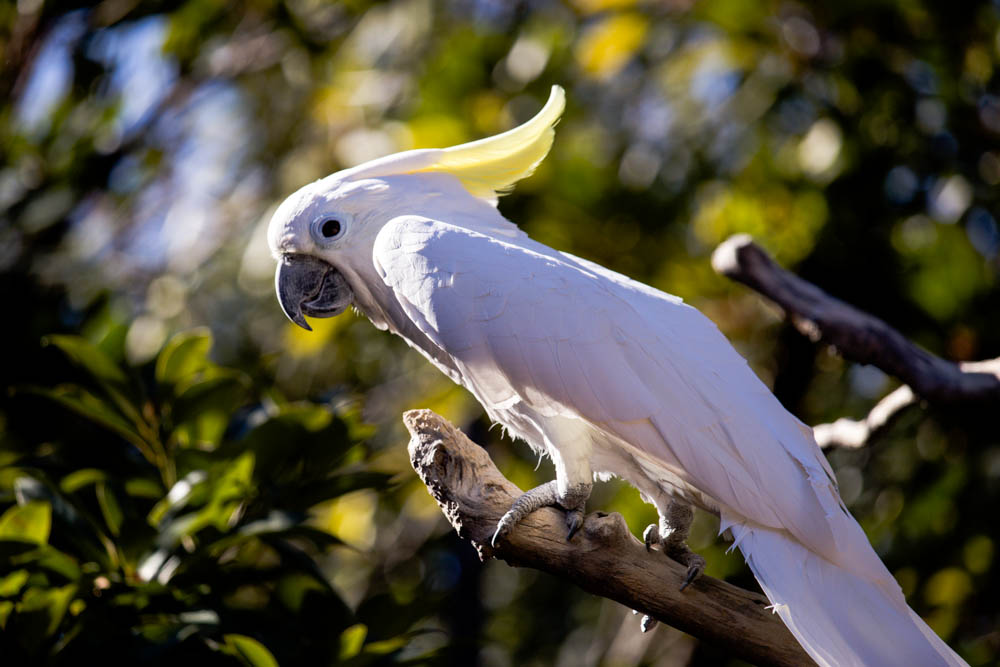
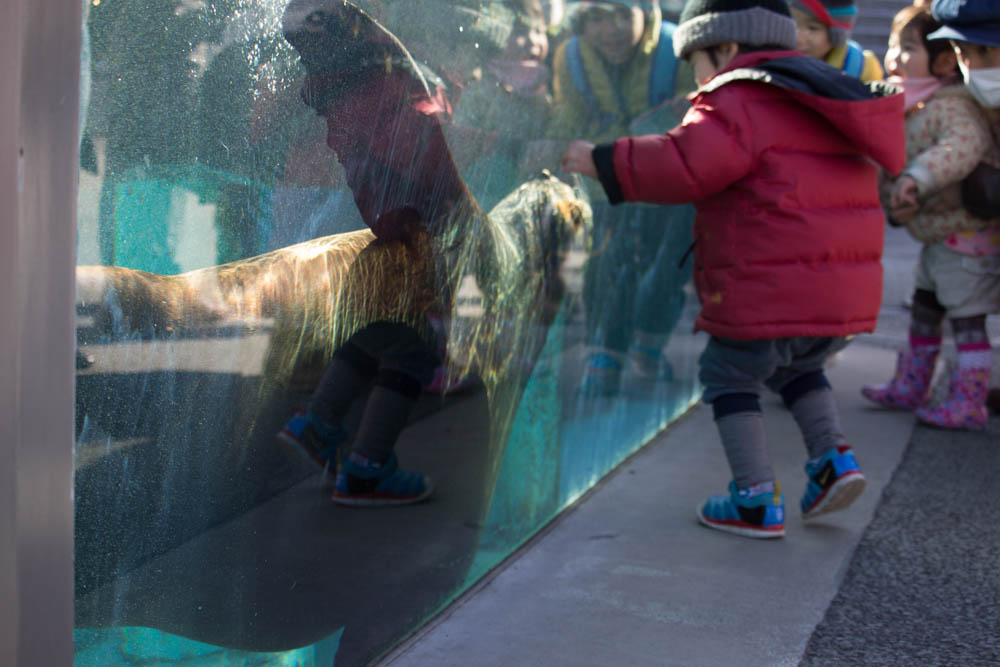
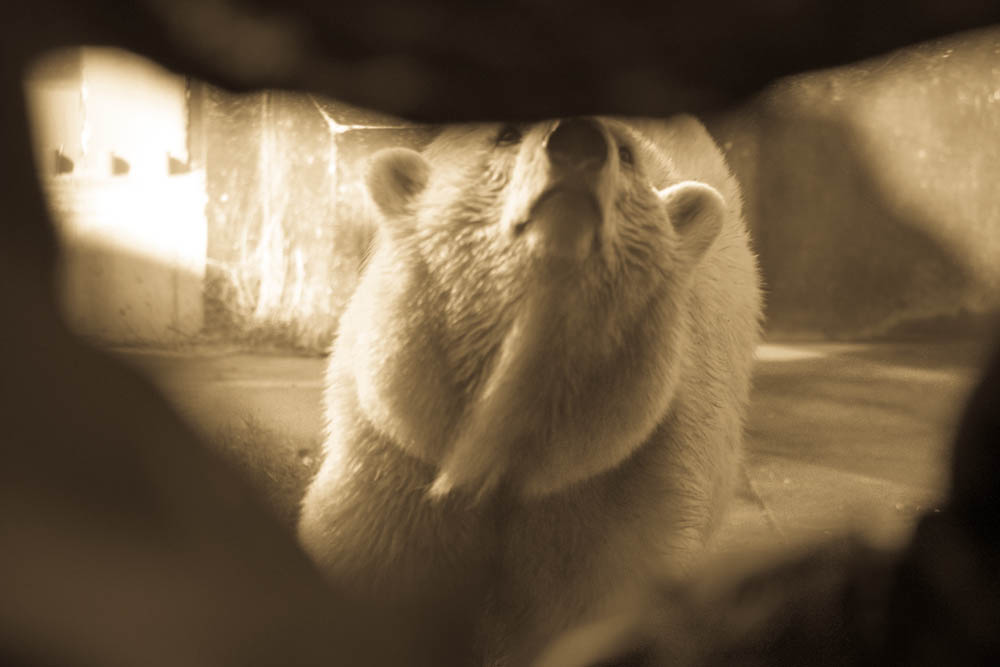
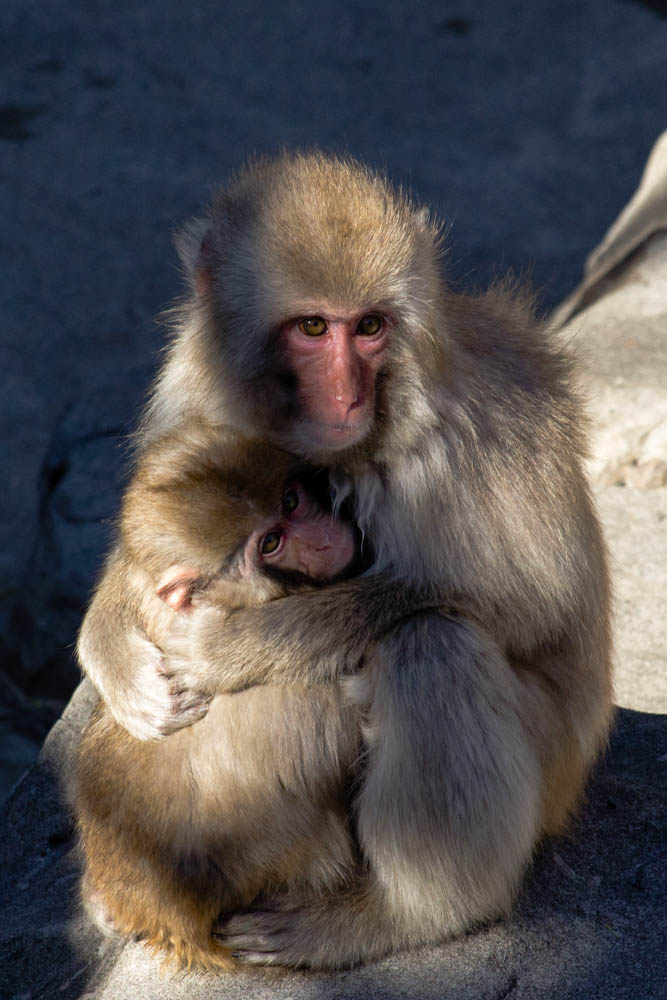
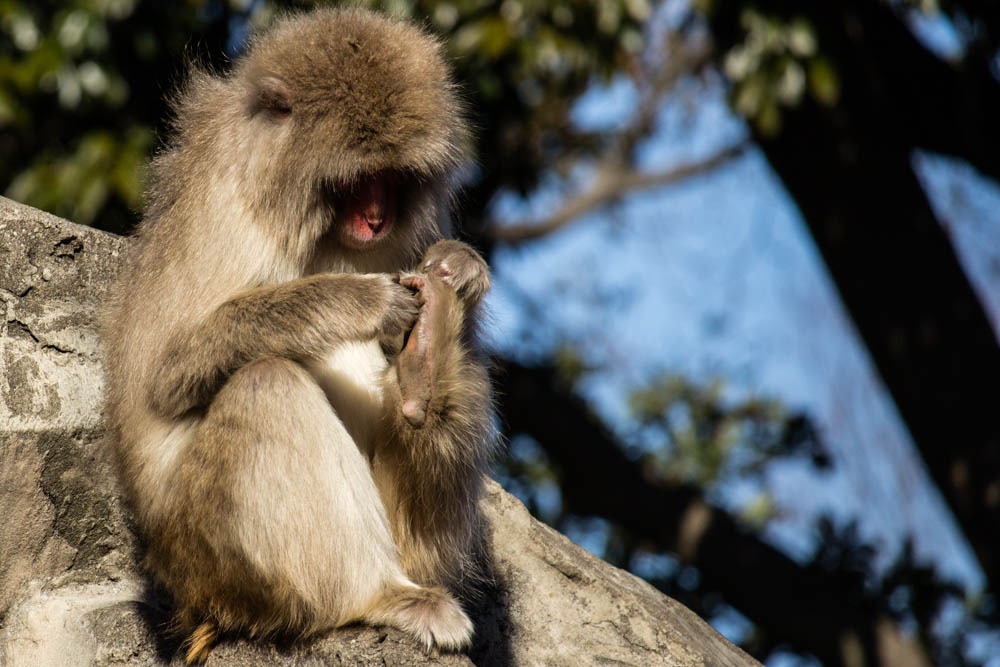
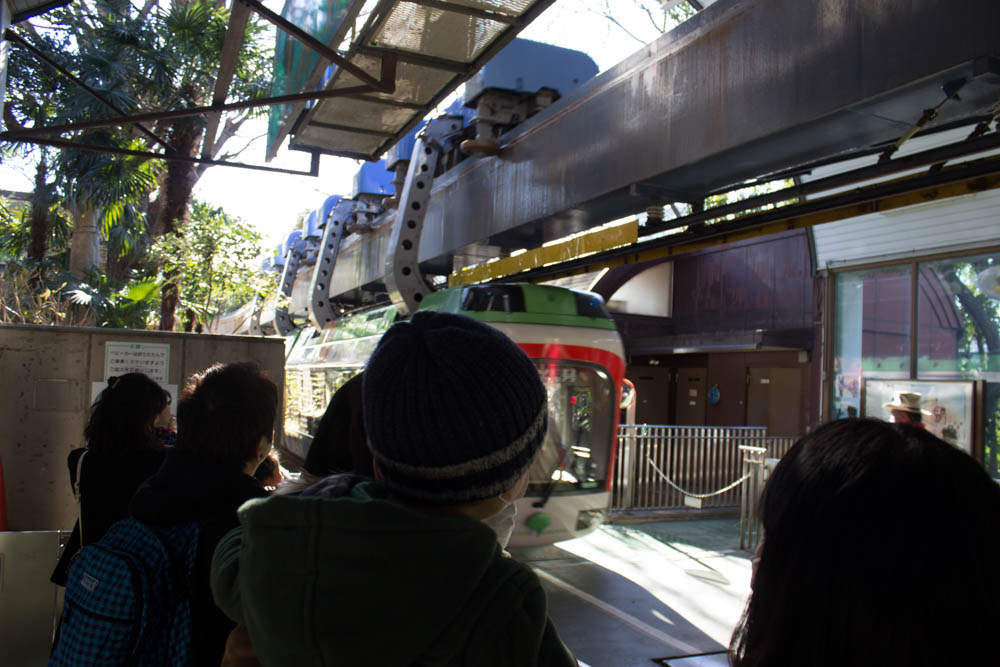

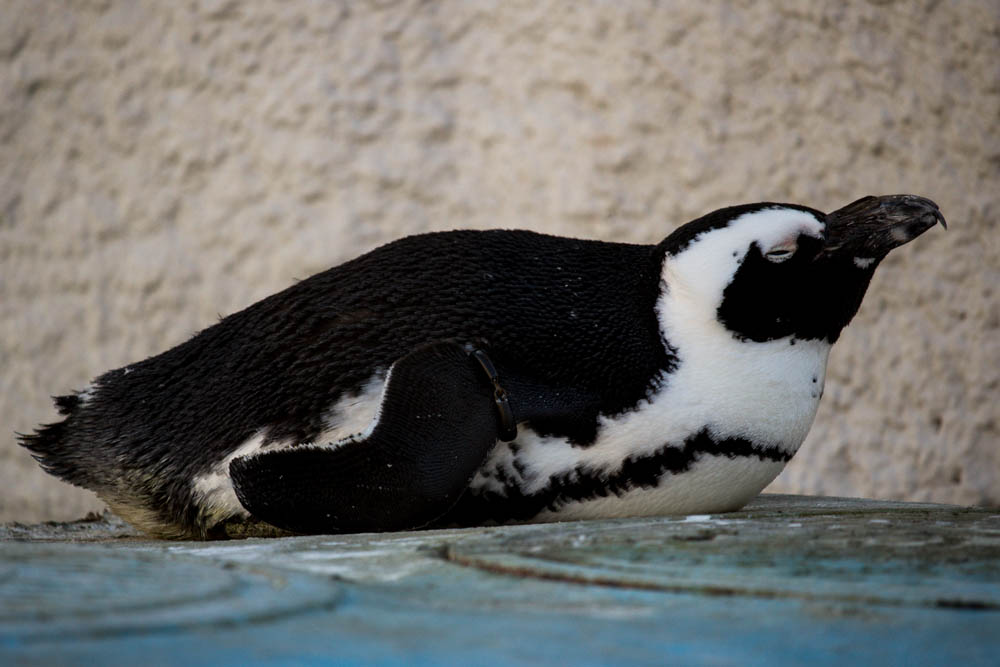
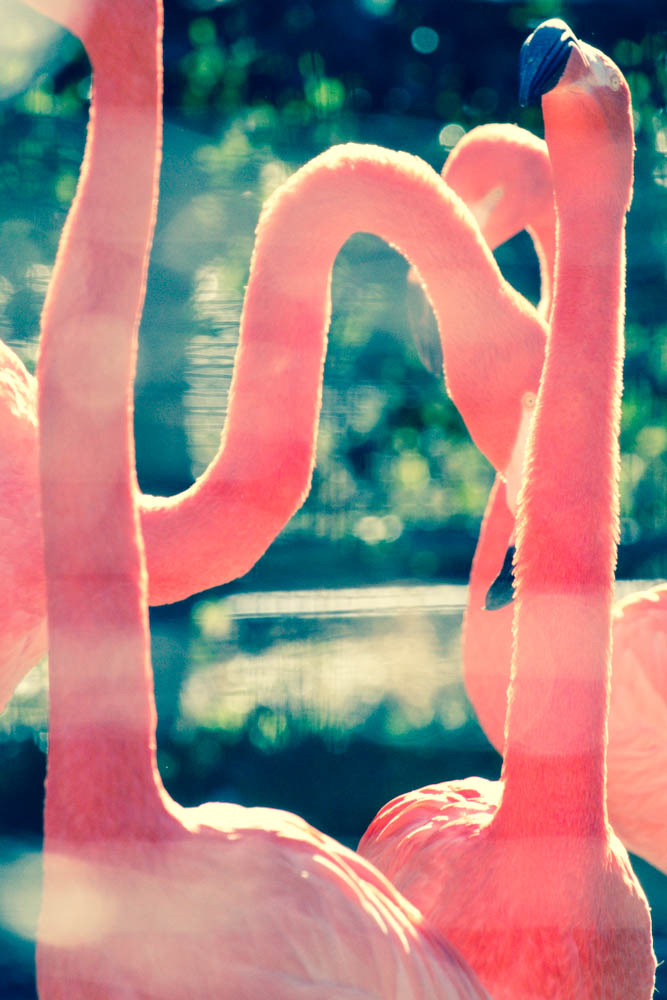

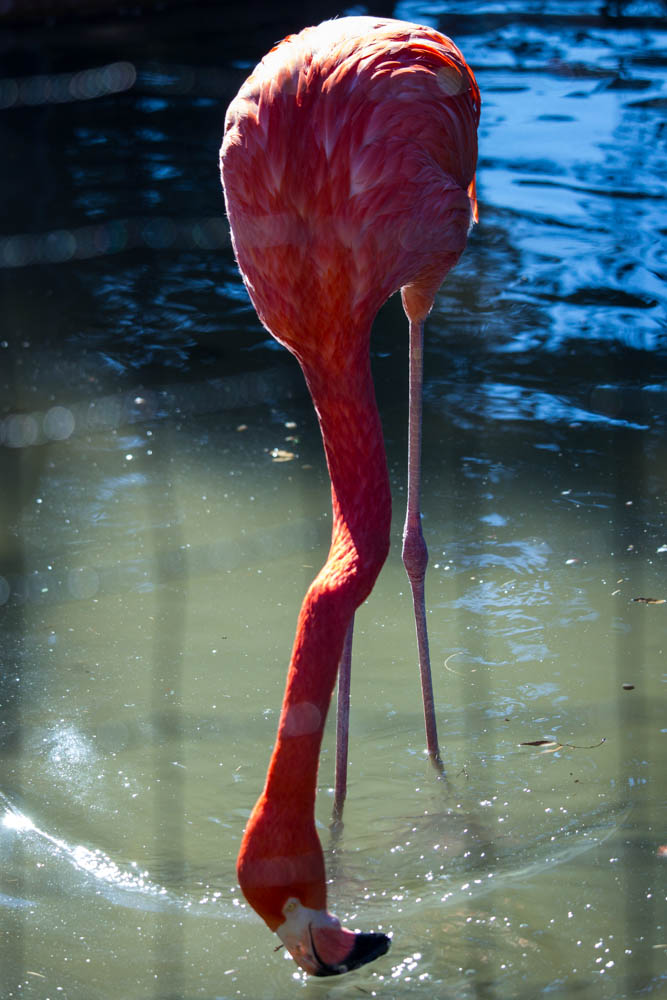
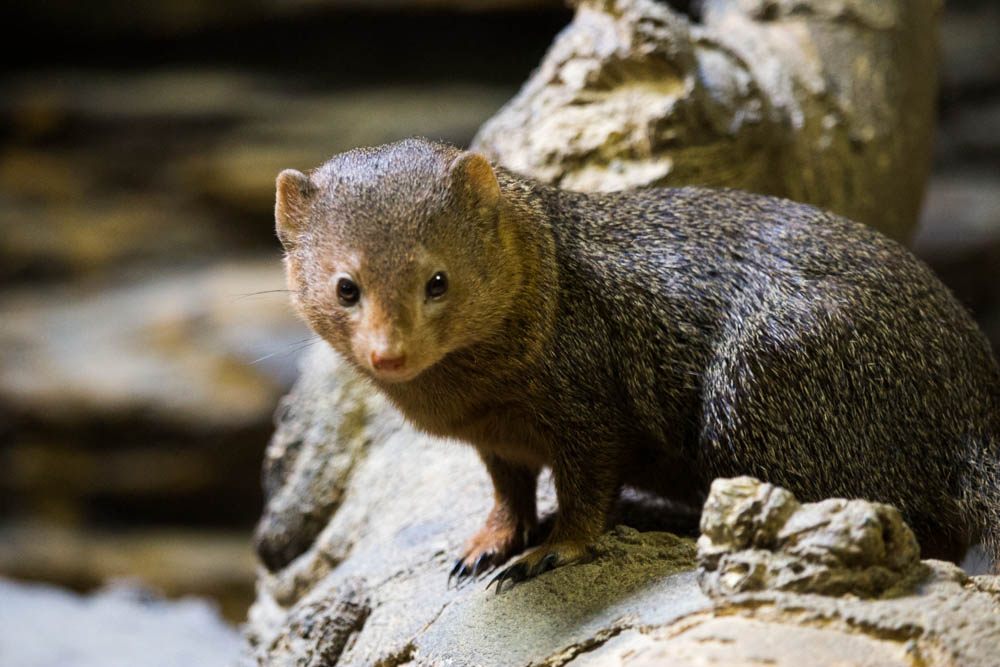
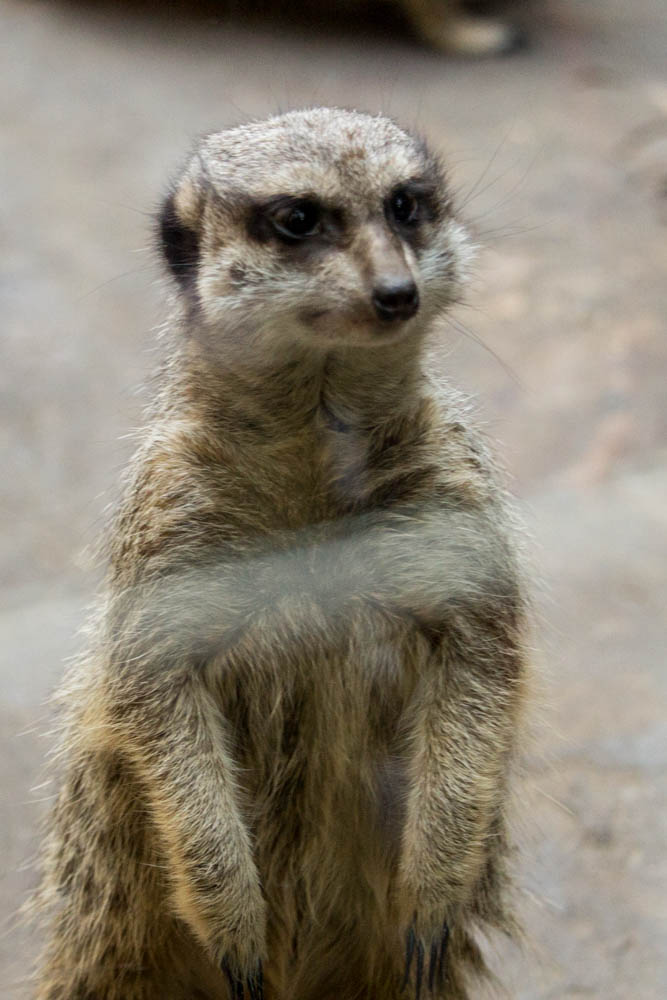
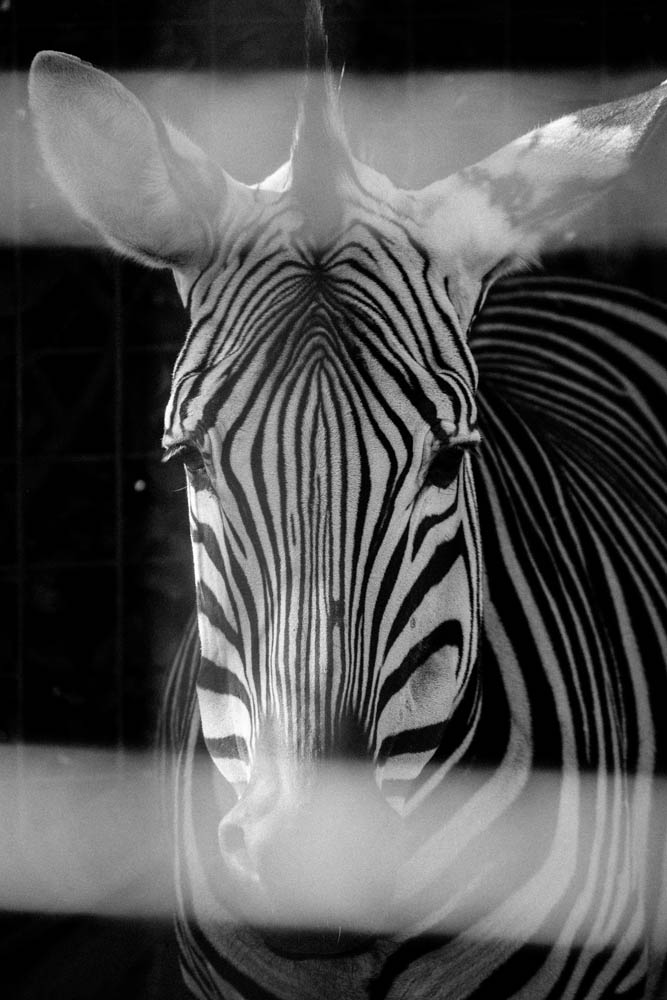
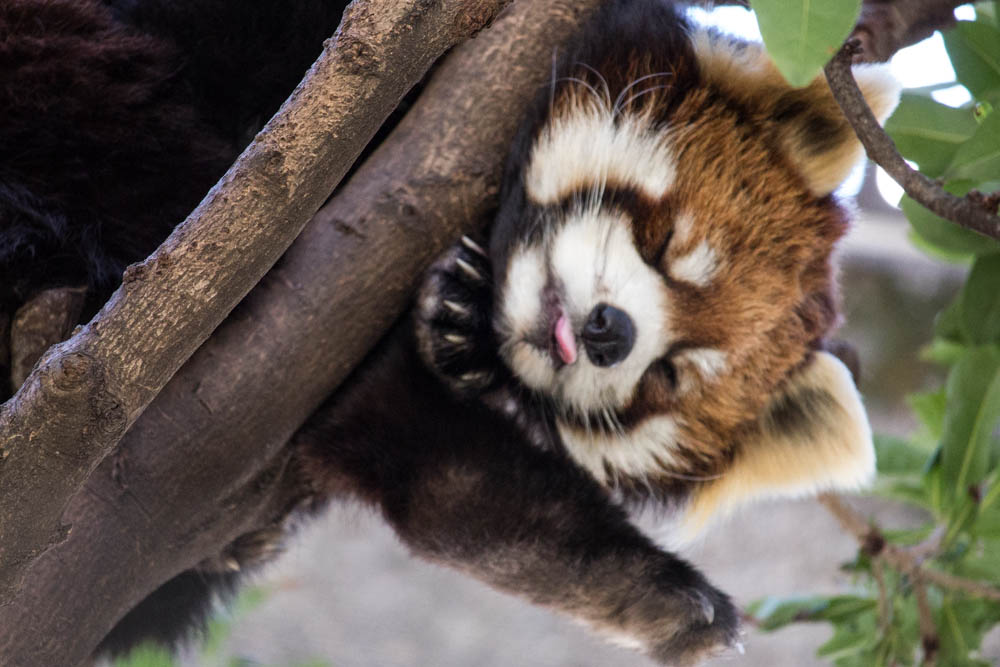
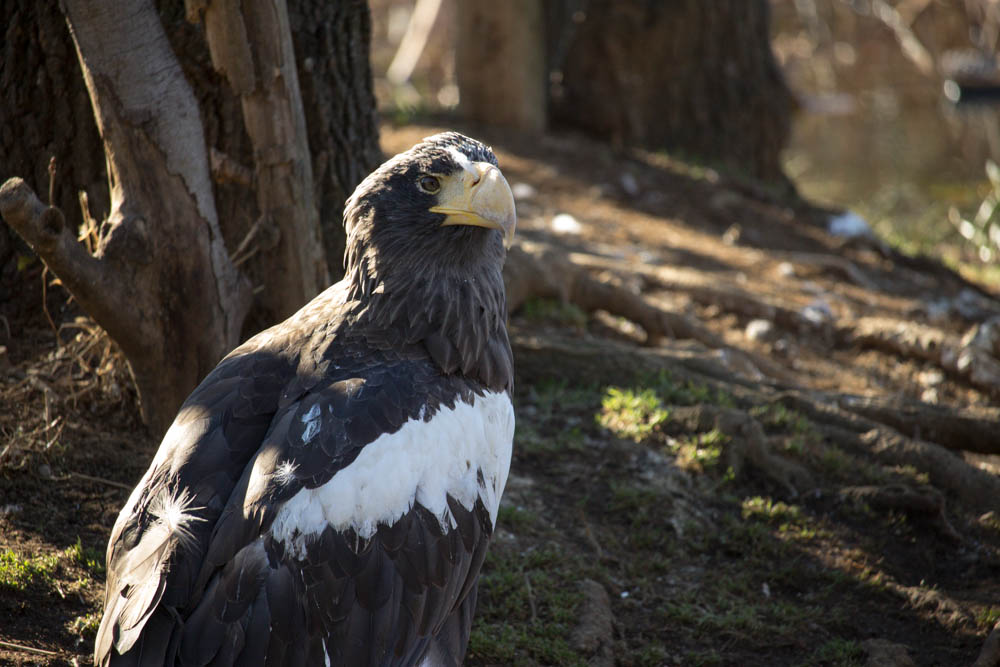
I also ate lunch at a nice little "cafeteria" style cafe where I was able to read and order かれうどんセット (curry udon set; phonetically "kare udon setto").
Tokyo National Museum
In the Tokyo National Museum, which was also inside Ueno Park there were 5 different buildings. Rather I should say, 5 different museums comprise of the Tokyo National Museum. It was difficult for me to engage with any of the works there because there wasn't anything in English. I was pretty disappointed but I should have expected it. I can't expect the whole world to cater to the English language, and I was already surprised at how convenient it was for an English speaker to travel around in Tokyo. Most signs already have English translations.
In any case, because of this lack of Japanese on my part, I didn't feel comfortable taking pictures of random things I didn't know anything about. There was however an interactive educational section in one of the buildings that had nifty activities that I participated in.
One of the stations introduced a Mongolian traditional fortune-telling game called shagai. It uses the ankle bones of sheep or goat (and this is a common use of these bones throughout Central Asia). As you can see from the picture below, depending on what side the ankle bone lands (they're all quite distinct), it represent a different animal. Each combination results in a different fortune.
I got 1 camel, 1 sheep, 2 goat. My fortune was "Be more careful." How ominous. I started to think about how reckless and impulsive I could be at times. Though I don't necessarily believe in "fortunes," it's always good to be more careful.
Further Exploration
So, I went to the Natural Science Museum as well. Didn't understand anything that was going on but got the general gist of things. Dinosaurs, evolution, etc. It hadn't occurred to me how important language was in museums. I started to think about how my mom might have experienced the MET and other NYC museums as someone who isn't too proficient in English. So much knowledge inaccessible due to language.
Again, no pictures because I didn't feel comfortable taking pictures of random things I didn't really understand. A lack of language -> a lack of connection -> a lack of interest/empathy. Applying this to wars, perhaps an interesting look at how we can place different humans into the "other" category and treat them as entirely subhuman.
In any case, by the time I was done with the museum, it was getting late. I had been walking for nearly 10 hours straight at this point, so I decided to take a taxi to Tokyo SkyTree.
Tokyo SkyTree
The line to take the elevator up was quite long. I'd estimate about 45 minutes? They had English brochures but since I looked Japanese enough, I was given a Japanese one. "えとうーえいごのほのねがいします” ("umm... an english book please) I said. Little did I know this would be a recurring thing.
Got to the elevator. Rode it up to... the 250th floor. Breathtaking view of the city. You could really see for miles. The structure itself is the tallest in Japan (634 meters). The observation deck went up to 350 meters. Believe me-- it was tall enough! The top section of the tower is used as a broadcasting station. There was a lot of people, so it was hard to enjoy the scenery.
They had this really cool large screen displaying a panoramic view of what you would see out of the observation deck. You could touch the screen to zoom in on specific locations or even change the view from night to day, etc. High tech stuff.
An expensive little cafe and restaurant was on the observation deck. I was starving, but I passed. I then tried to find food on the lower floors of the tower. There's a huge shopping complex at the base. Everything had long lines and was quite expensive though. I had myself some green tea ice cream, and a small snack and then decided to eat somewhere near my AirBnB stay.
Katakana is a Blessing
After going back to my AirBnB stay's general neighborhood, I was faced with a difficult challenge: finding a restaurant that had pictures, an english menu or a menu item in hiragana or katakana. I could not read any kanji, but everything was in kanji. I walked the blocked 2 times to find a place to eat but this was not a touristy part of town so there were no english menus, pictures in the menus, or anything like that.
Thankfully, the word ramen (ラーメん) is in katakana -- which is quite interesting. Apparently ramen is considered a "foreign" word as it originated from China. I eventually found a seedy looking place where they sold ramen and I was able to read "ramen set" since it was full in katakana. Katakana is the phonetic alphabet for borrowed words. Most borrowed words are from the English language, so basically by being able to read katakana, you can understand it as well.
For example: ラーメンセット is phonetically "raamen setto" which you could guess means ramen set.
Passing Out
Phew! What a day. I walked back "home" to my AirBnB stay, slipped into my room upstairs and started to plan my trip for tomorrow, but passed out (with the lights on). Good thing I had already changed to my sleeping clothes.


